When it comes to keeping your home comfortable and, at the same time keeping energy costs down, there are many home improvement projects that can assist. An energy efficient home is a happy home. Why? First of all, it helps keep costs down when cooling your home in summer and warming it in winter. Secondly, it ensures your home is as eco-friendly as possible and reduces its impact on the environment. One of the best home improvement projects to help improve the energy efficiency of your home is to update or replace your siding. However, there are a range of different siding materials available these days, and not all are created equal when it comes to helping make your home energy efficient. That is why in this article, we will be taking a deep dive into the energy efficiency of different siding materials so you can determine the right one for your home.
Fiber Cement Siding
Fiber cement is made of wood fibers that have been mixed with sand and cement, making it thicker than some other siding materials. This means it has the ability to withstand extreme weather such as strong wind and hail. Another benefit of fiber cement siding is that it does not require refreshing as often as say wood siding. This is because the paint lasts longer from the time of installation. While fiber cement siding is durable and long-lasting and does contain energy efficient qualities, it is not the most energy efficient on the market. However, it is still a sound siding material.
Pros
- Not susceptible to termites
- Water resistant
- Incombustible
- Many options for texture and color
Cons
- Installation can be more complicated as the material is very heavy
- More expensive than other types of siding
Wood Siding
Wood siding is one of the most popular siding choices, and not just for its excellent energy efficiency. Wood siding has an attractive exterior, better protection from the elements and it is extremely durable and resistant to weather. It is also very eco-friendly because it is biodegradable and requires minimal processing and treatment. Wood siding is also an excellent insulator as it prevents the loss of warm air during winter and keeps in the cool air during summer.
Pros
- Excellent insulator
- Eco-friendly
- Attractive finish
- Can be easily replaced
- Durable and resistant to harsh weather
Cons
- Can be costly
- Requires regular maintenance (staining/re-painting)
- Termites can be an issue if wood is not maintained
Vinyl Siding
Vinyl siding is a popular siding choice amongst Virginia and Maryland homeowners for many reasons. Firstly, it is able to withstand the harsh elements. Secondly, it can perfectly mimic the look of many types of cladding including stone, wood and slate, for a fraction of the cost. Vinyl siding is also a great choice if you want to increase the energy efficiency of your home as it can be paired with insulated siding, which is a foam that adds another layer of insulation to your home.
Pros
- Durable and resistant to harsh weather
- Widely available
- Cost effective
- Eco-friendly
Cons
- Cannot be painted once installed
- Repairs require replacement of entire sections
- Style/color selection is not as extensive as other types of siding
For Increased Energy Efficiency, Try Insulated Siding
What is Insulated Siding?
If you are serious about making your home as energy efficient as possible, we highly recommend considering insulated vinyl siding. Insulated siding is a special material that combines the benefits of exterior siding with the addition of an extra layer to the back of the material. Commonly, insulation is added to vinyl siding rather than other types of siding.
The Advantages of Insulated Siding
If you are wondering what the advantages of insulated siding are, considering most of the walls in your home are already insulated, you are not alone. It is a very common question. The benefit of insulated siding is that any type of insulation creates a ‘blanket’ effect over your home. Therefore, the more insulation you have, the more blanket layers you have. The benefit of this? Essentially, it helps to further trap conditioned air inside your home and minimizes the amount of air that enters your home. This can help make your home much more energy efficient, while also helping to lower your utility bills.

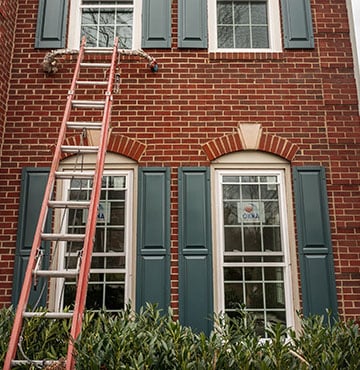
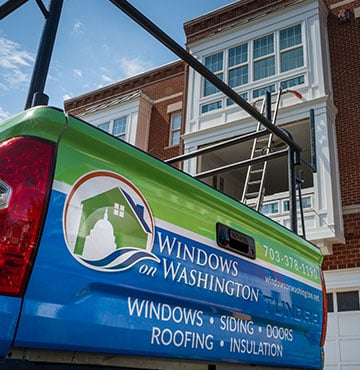
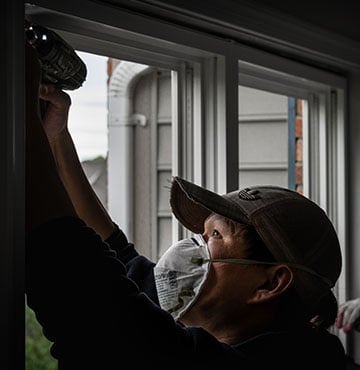
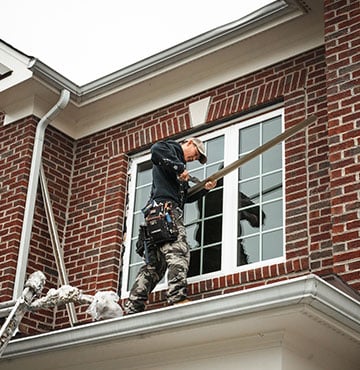




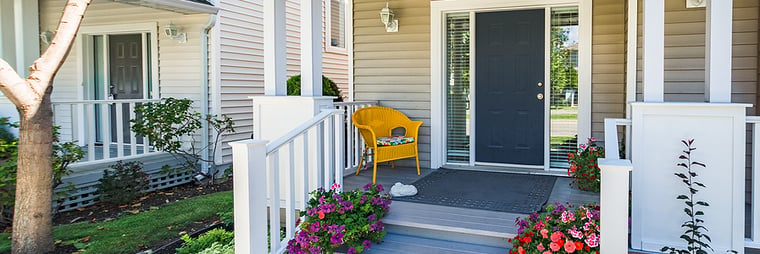

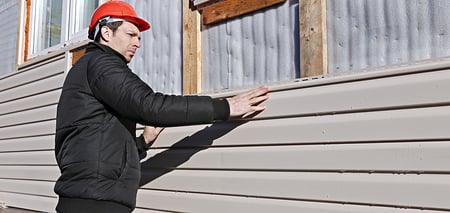
.png?width=450&height=250&name=Untitled%20design%20(23).png)

%20(720%20%C3%97%20510%20px)%20(500%20%C3%97%20500%20px)%20(300%20%C3%97%20300%20px)%20(400%20%C3%97%20400%20px)%20(700%20%C3%97%20700%20px)%20(480%20x%20550%20px).png?width=480&height=550&name=Untitled%20(860%20%C3%97%20860%20px)%20(720%20%C3%97%20510%20px)%20(500%20%C3%97%20500%20px)%20(300%20%C3%97%20300%20px)%20(400%20%C3%97%20400%20px)%20(700%20%C3%97%20700%20px)%20(480%20x%20550%20px).png)
Comments